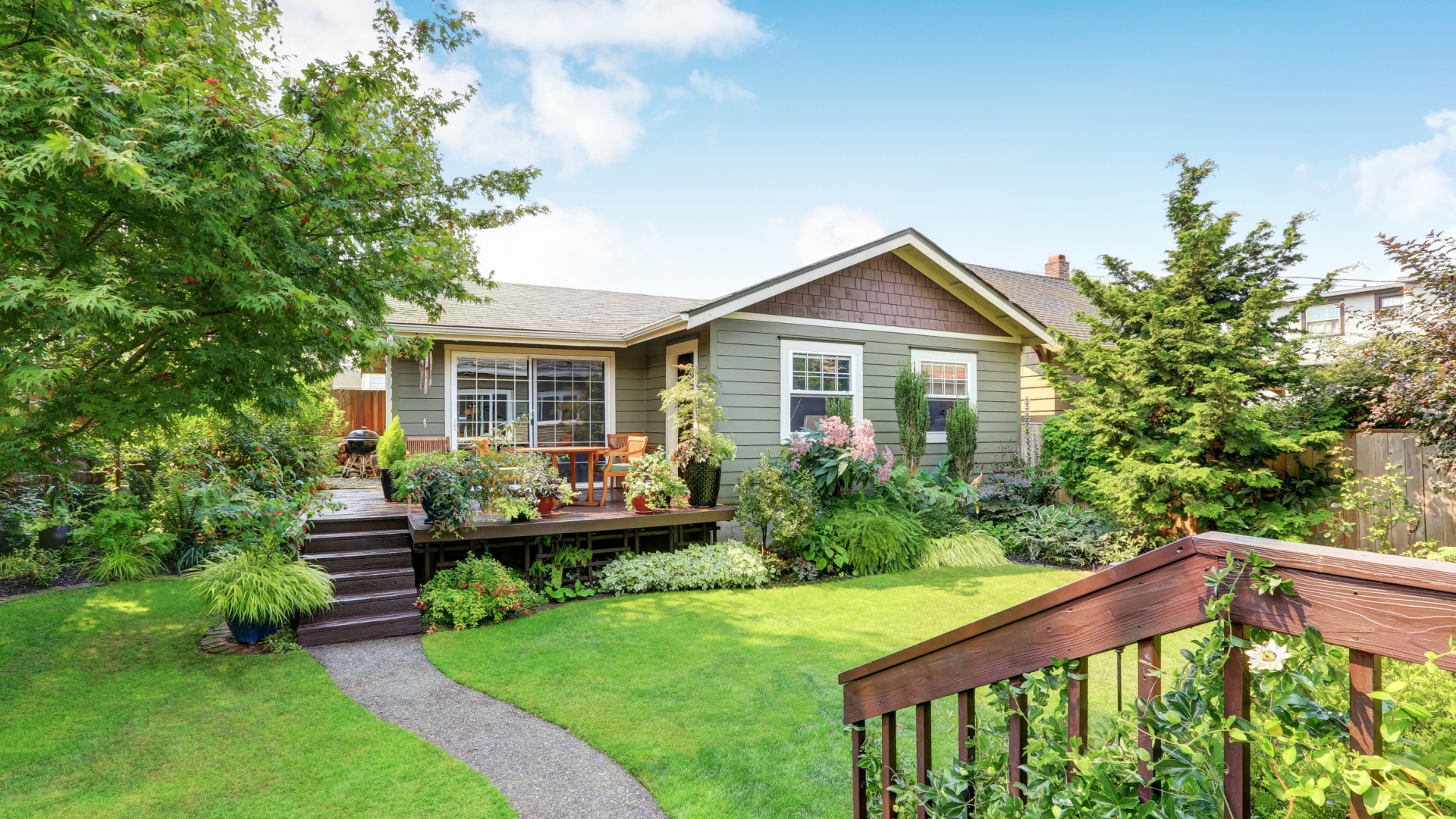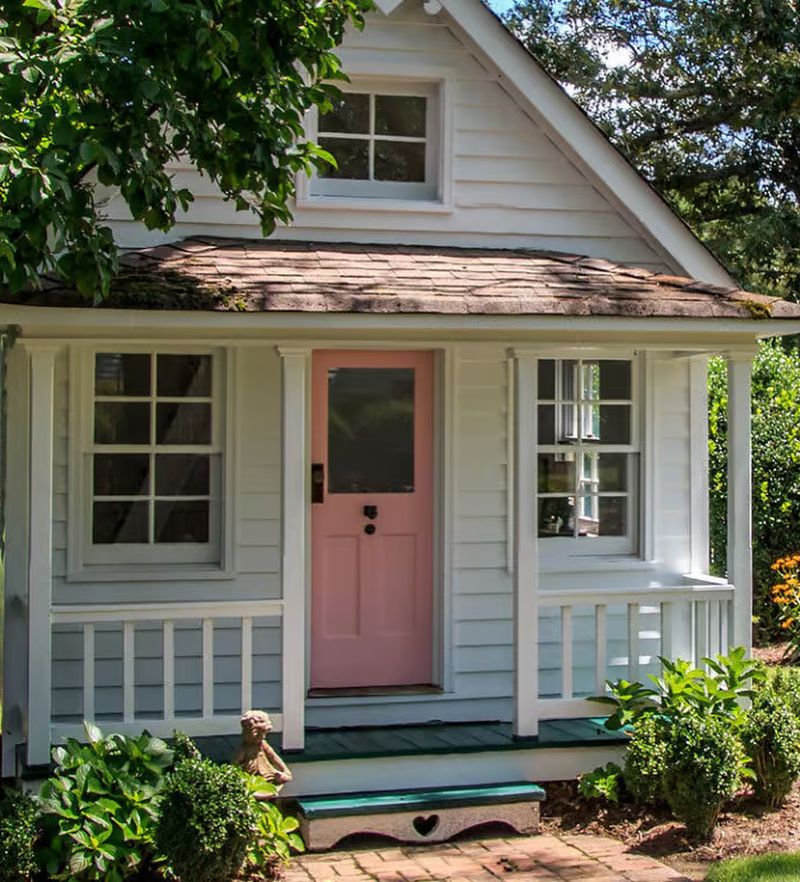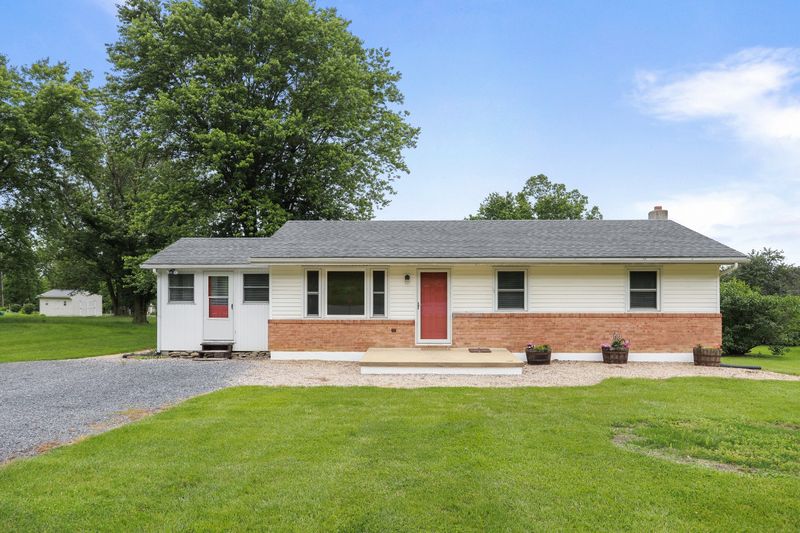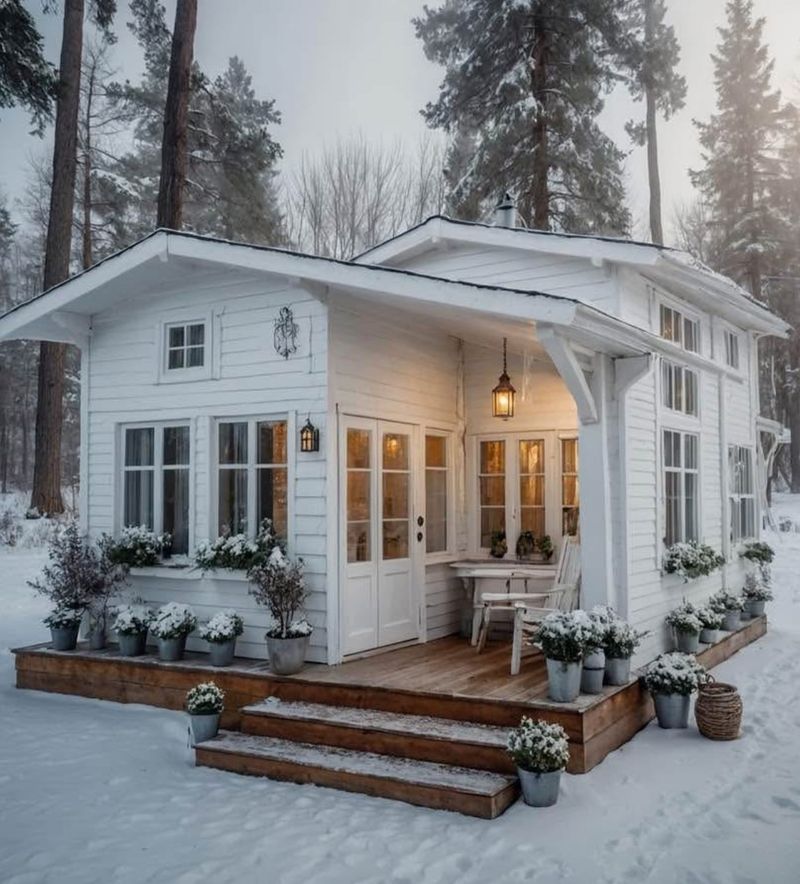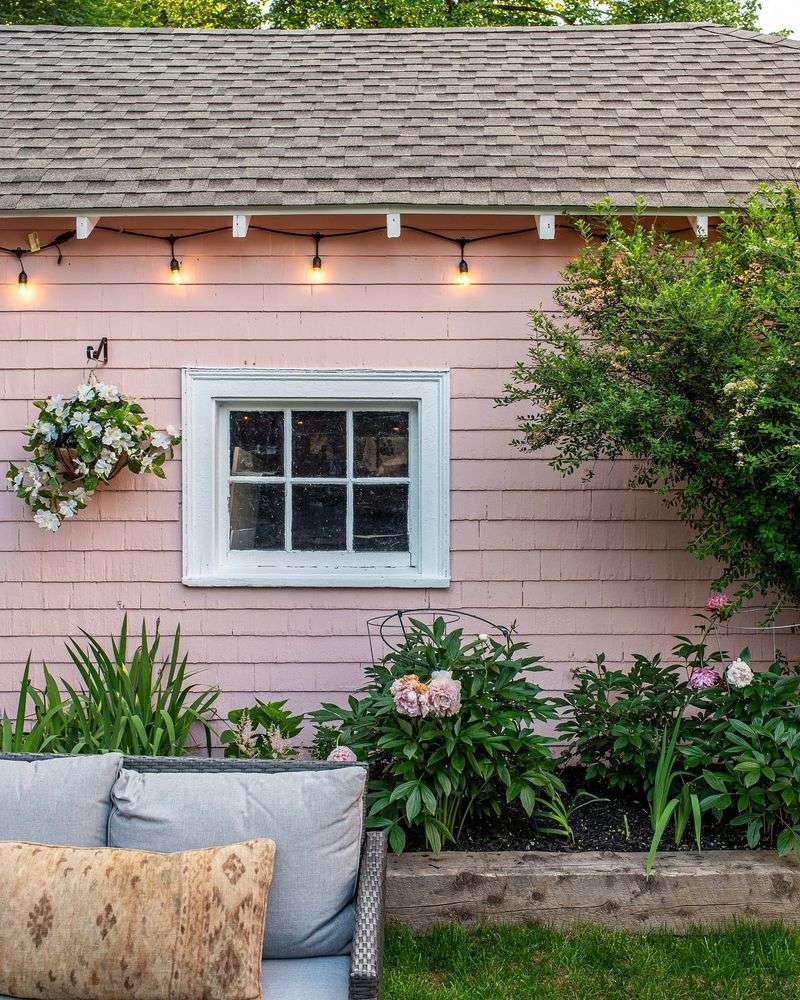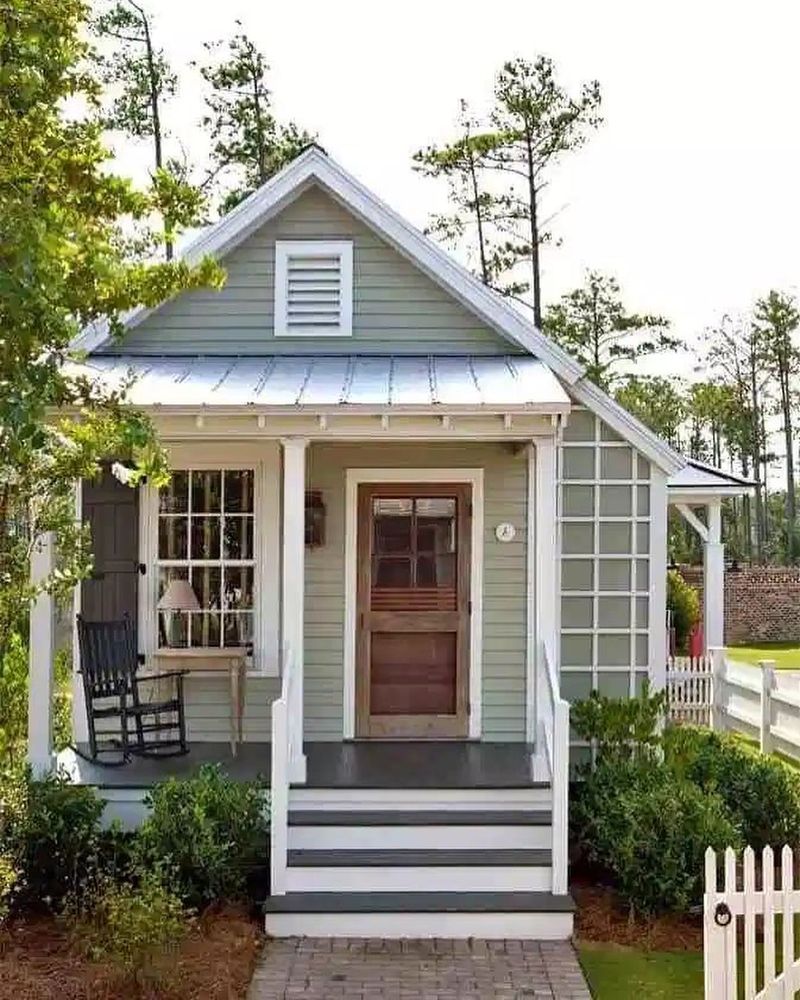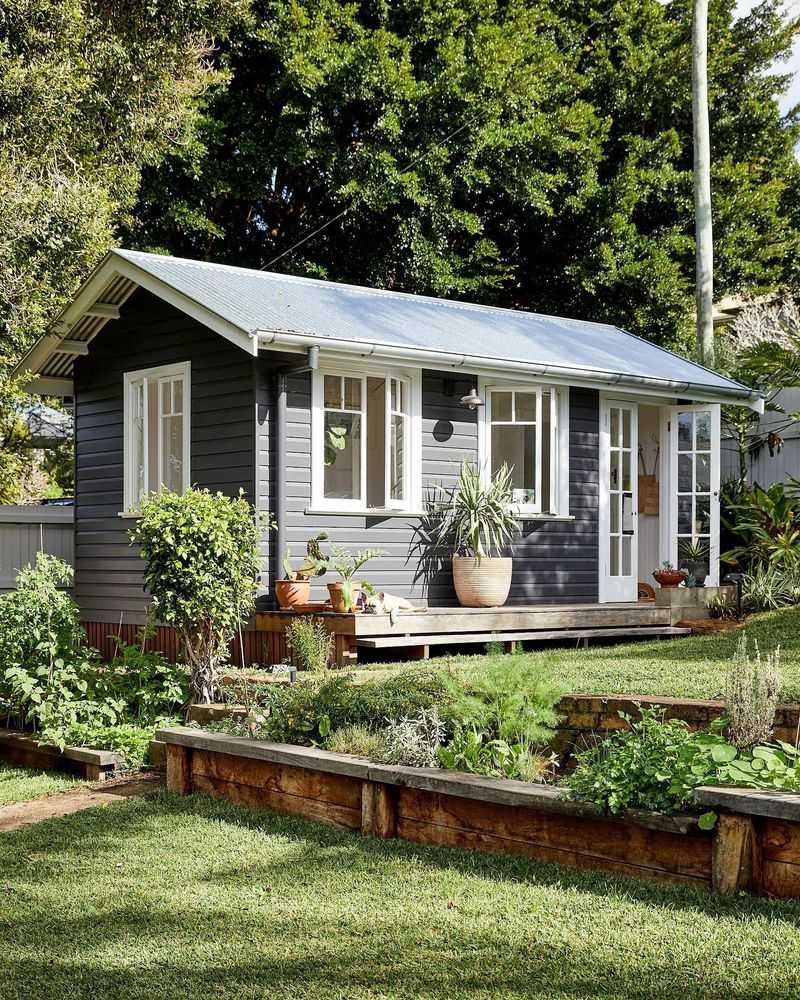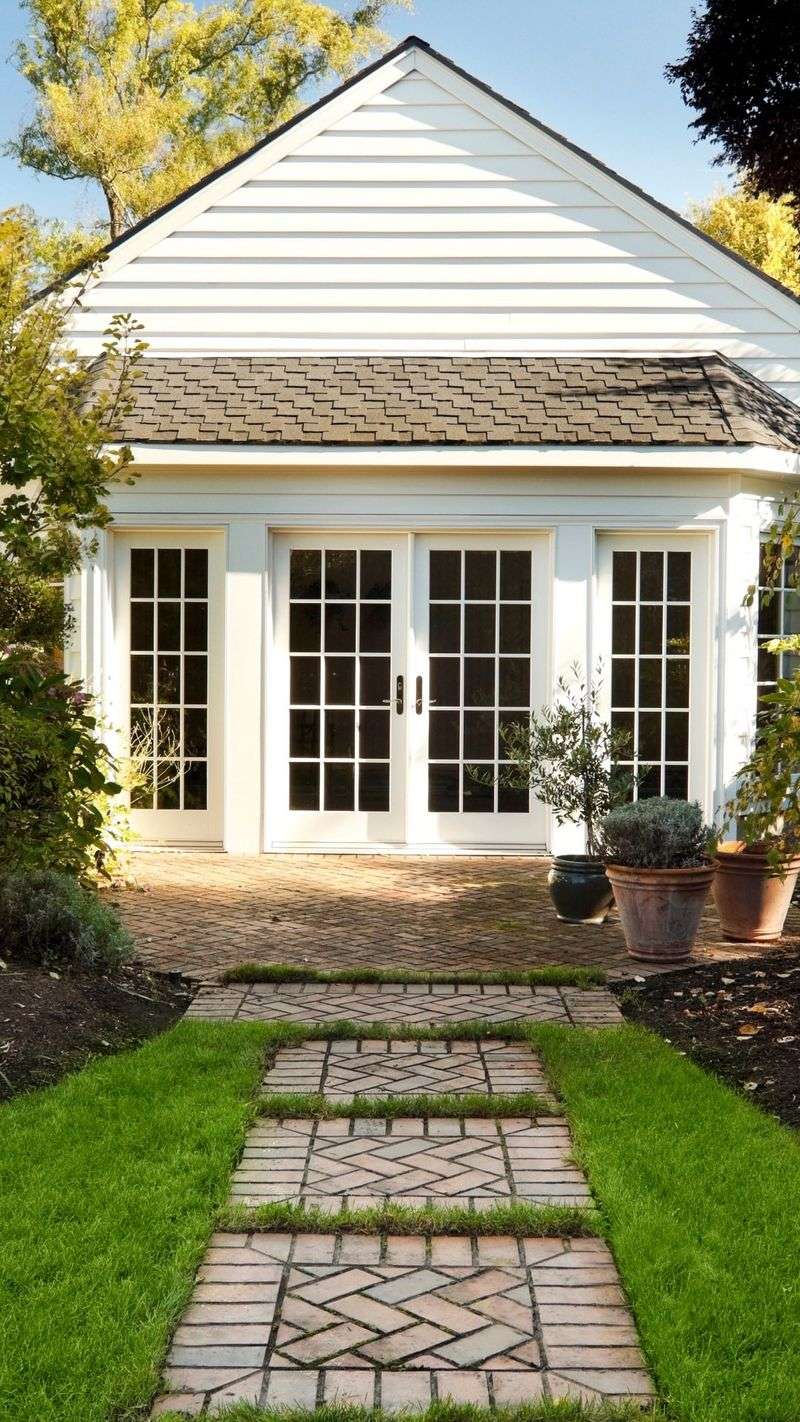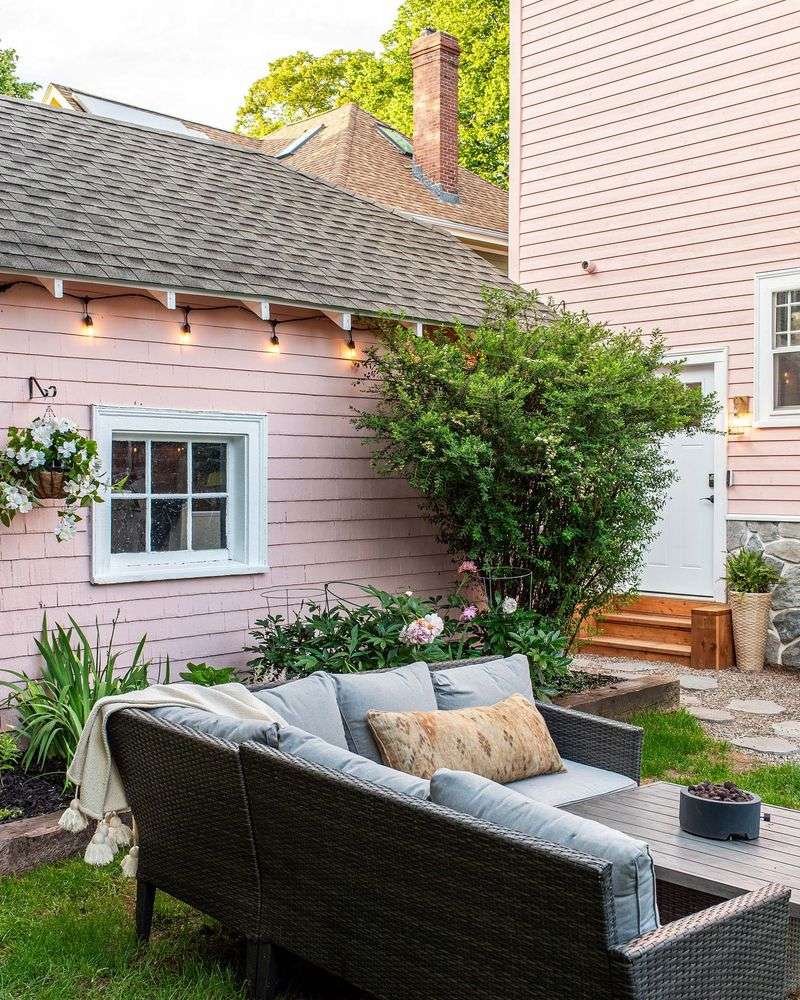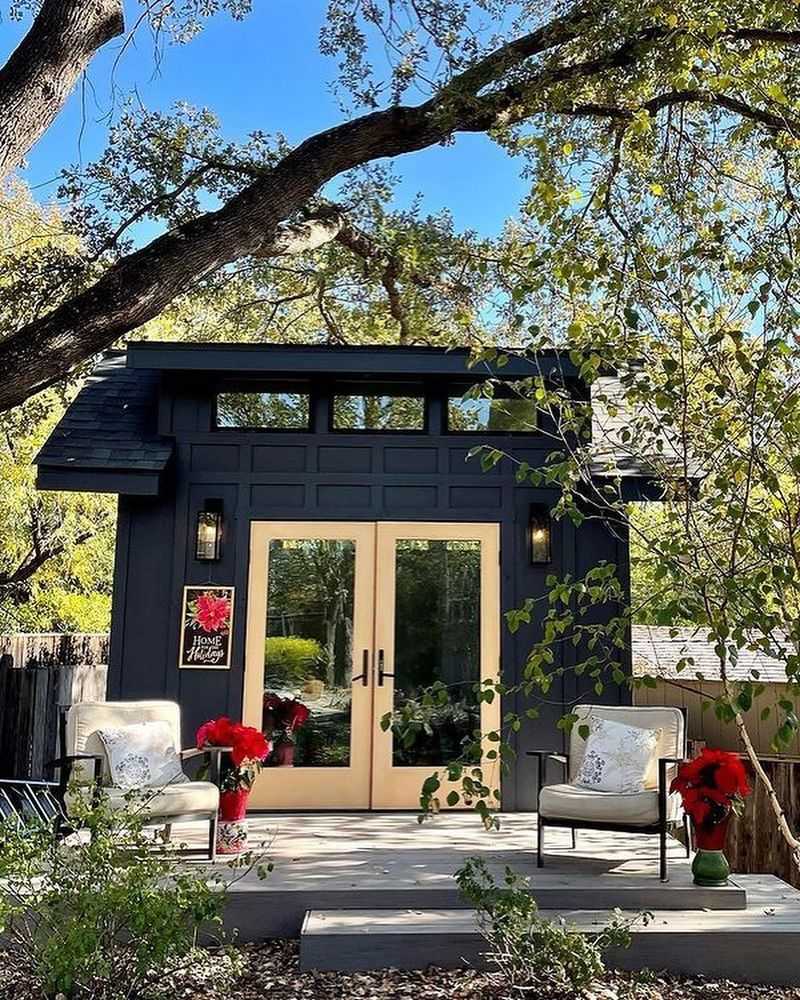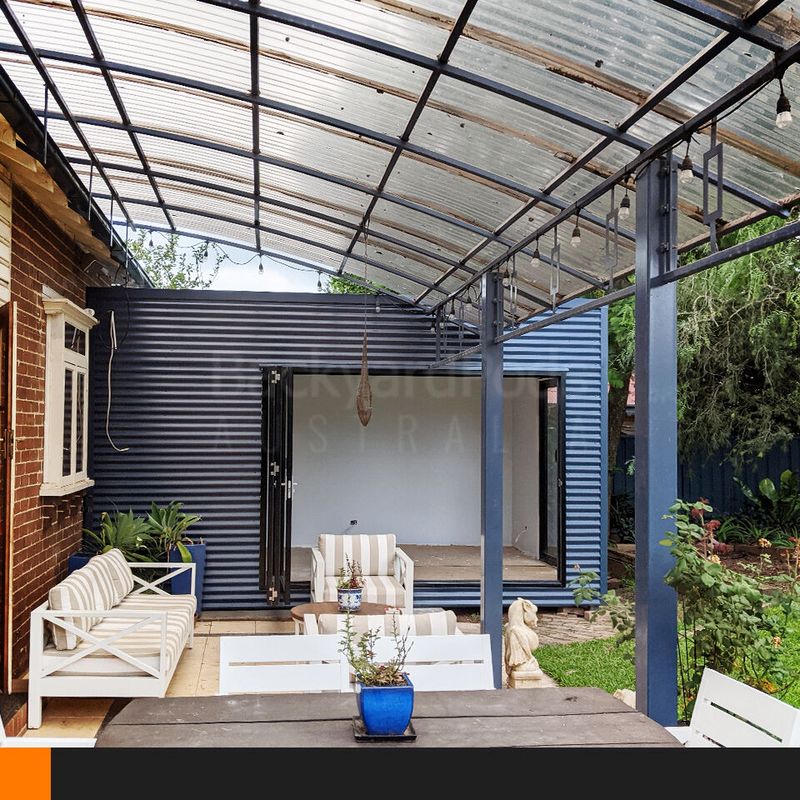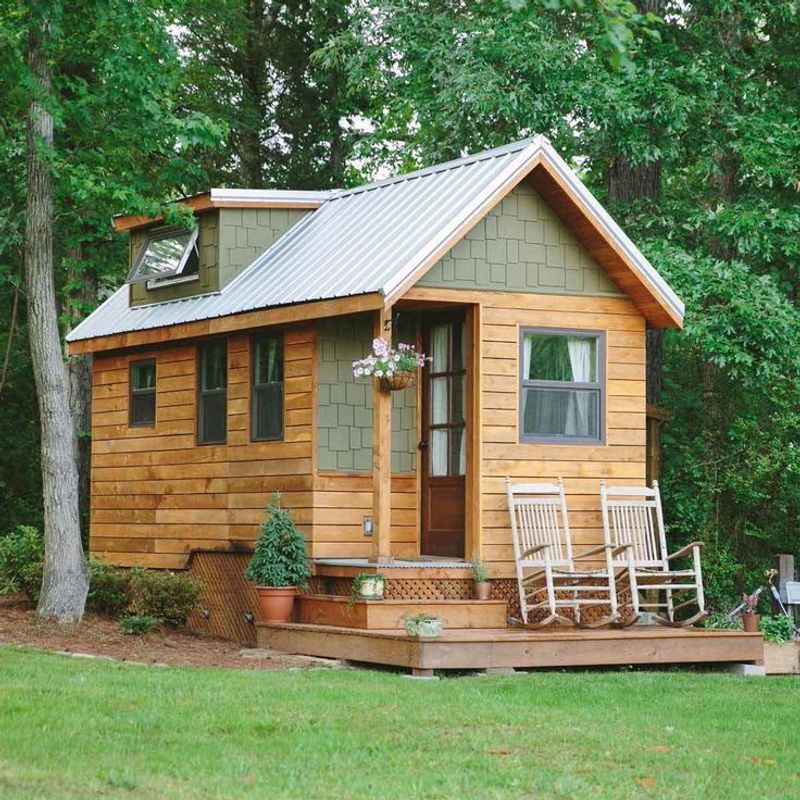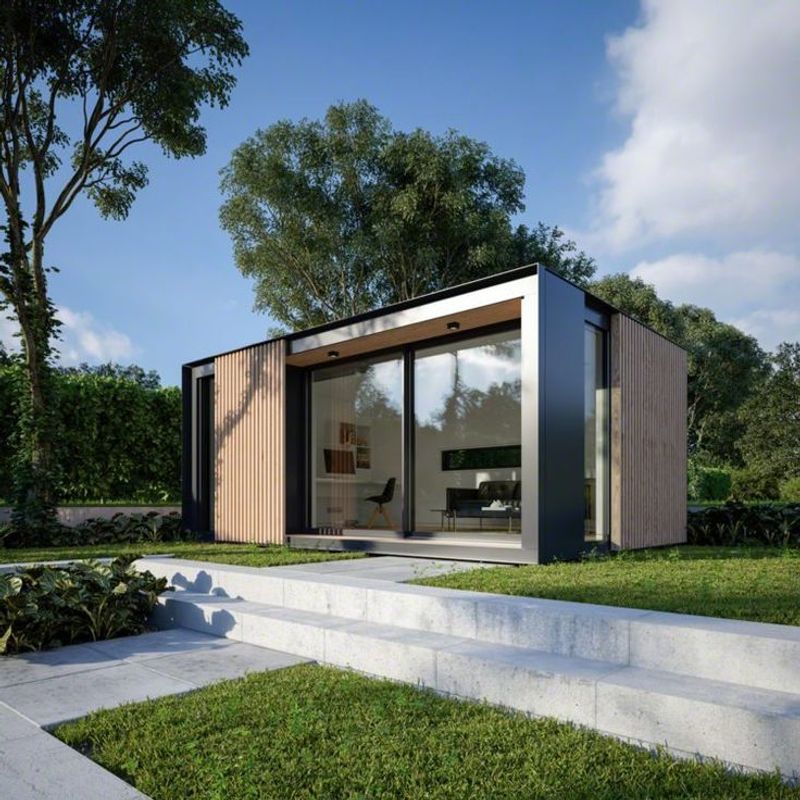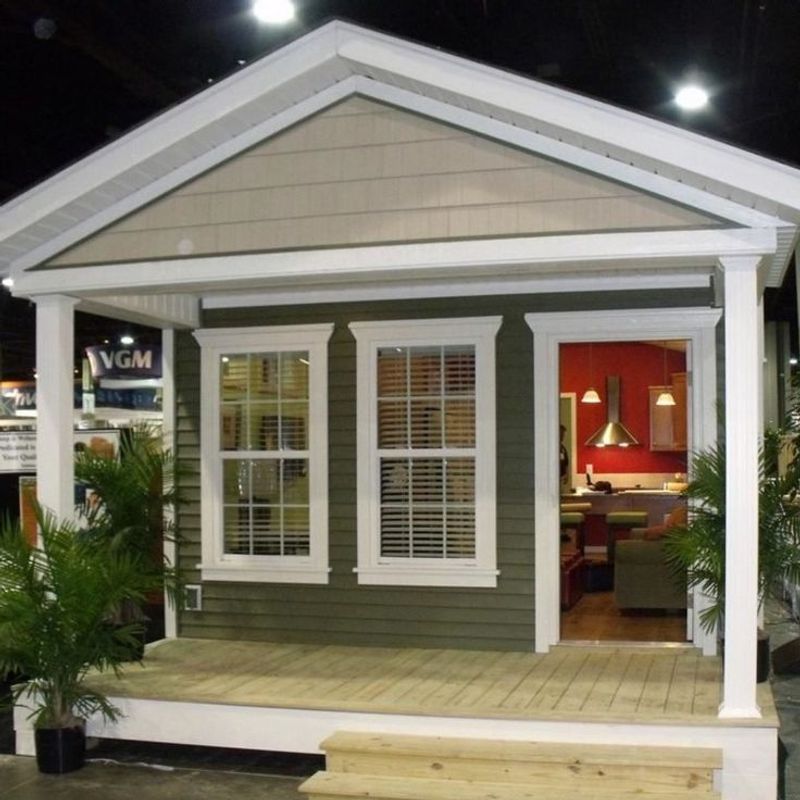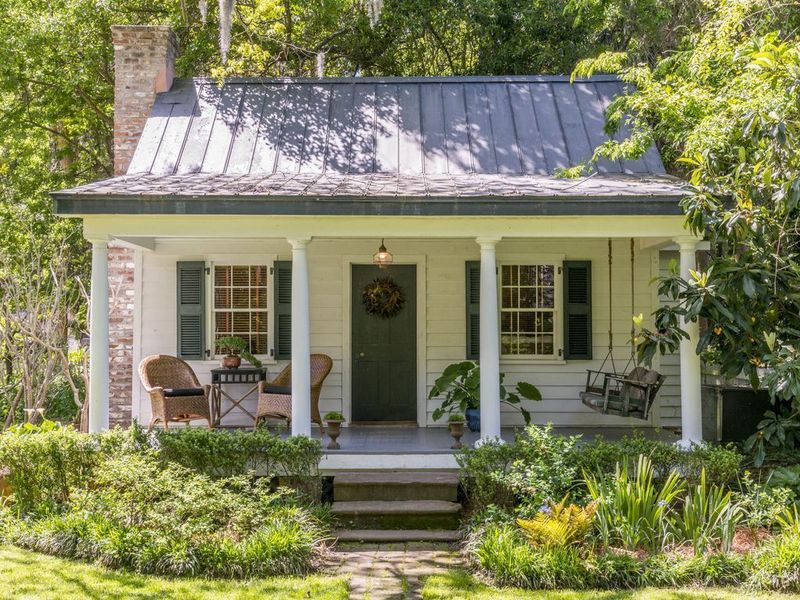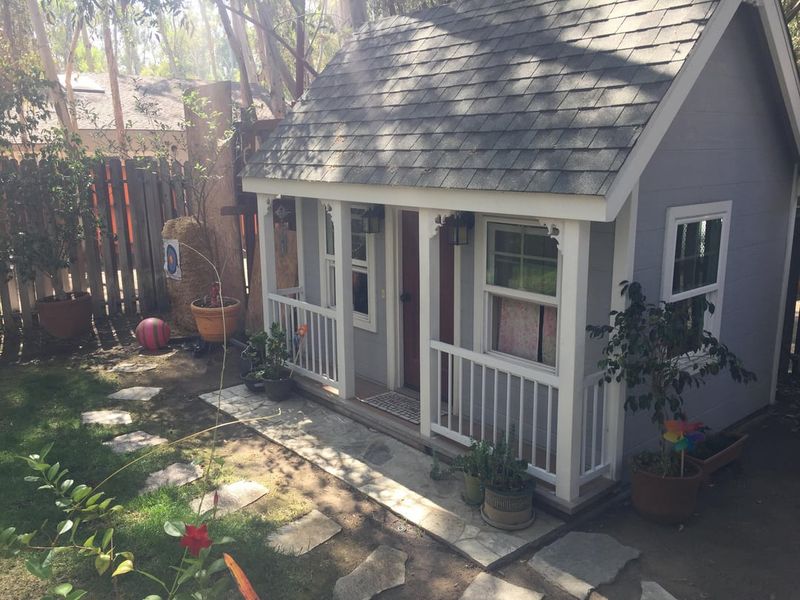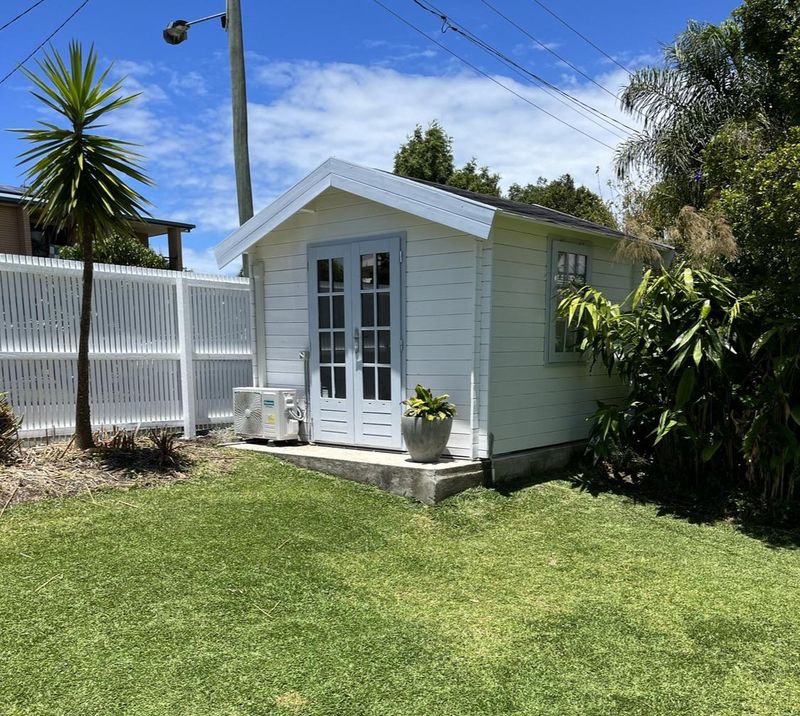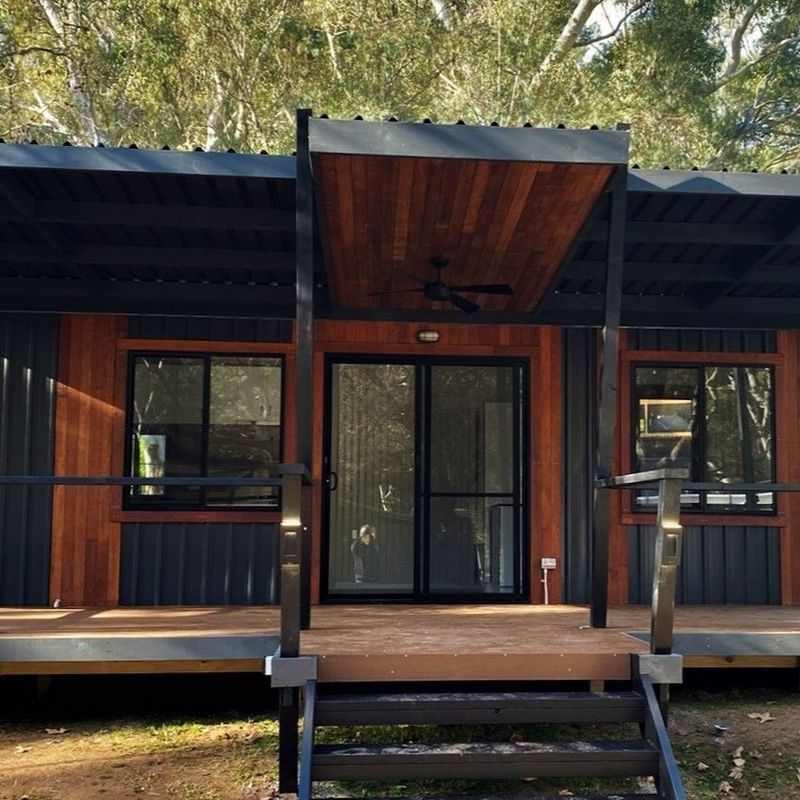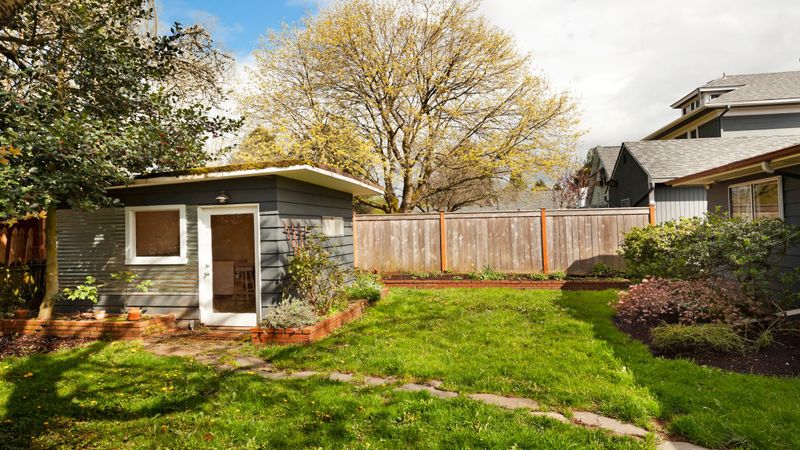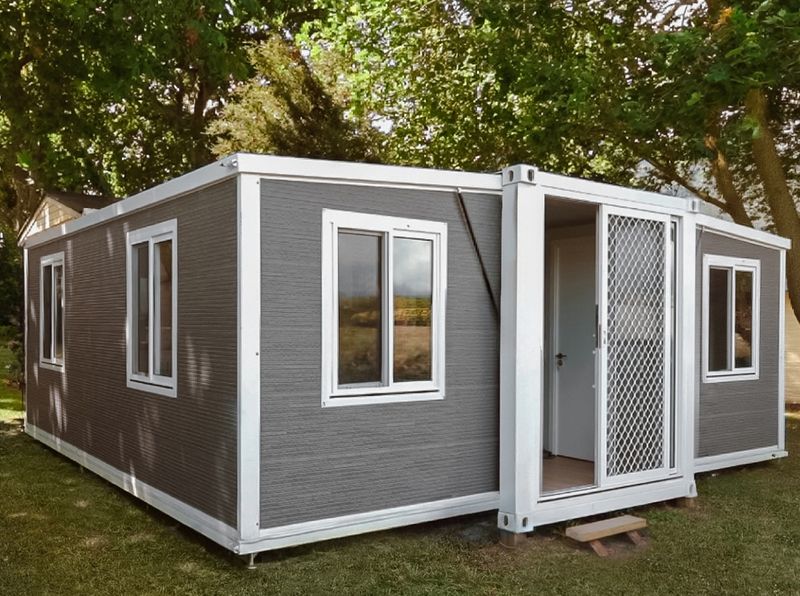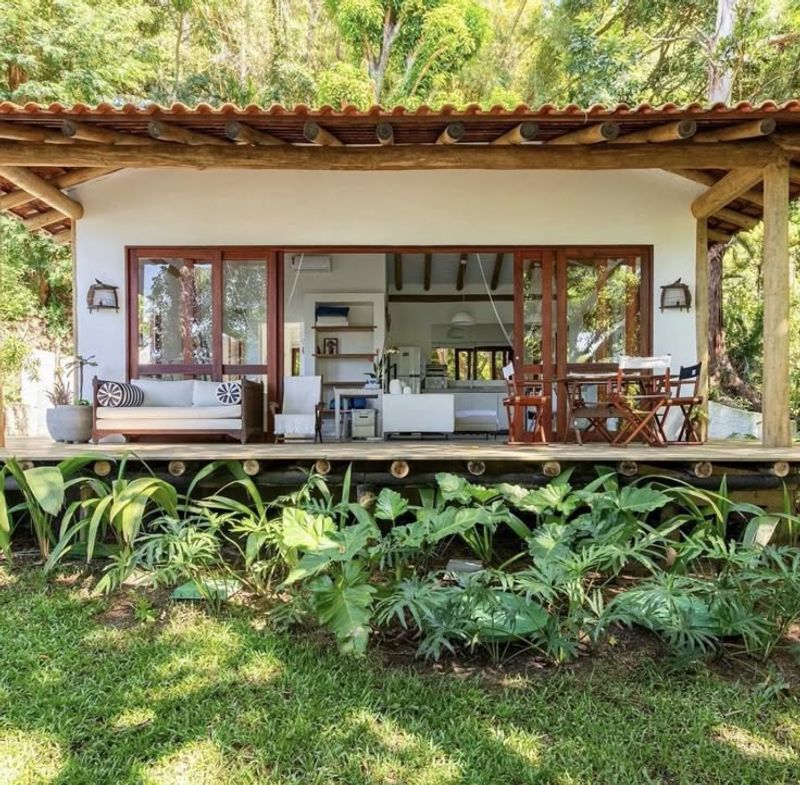Granny pods are changing the way families live — and age — together. These backyard cottages offer independence for Grandma, without putting her out of reach.
From design secrets to zoning laws, here are 19 key things to know about this rising real estate trend that blends comfort, care, and convenience in one compact space.
1. What Exactly Is A Granny Pod?
Granny pods are small, separate living units built on the same property as a main house. Technically called Accessory Dwelling Units (ADUs), they’re specially designed for older adults who want to live independently but need family nearby.
Think of them as tiny homes with elder-friendly features. They typically range from 300 to 800 square feet, offering just enough space for comfortable living without overwhelming maintenance.
Many people call them MEDCottages, in-law suites, or backyard cottages. Whatever the name, they serve the same purpose: keeping generations connected while respecting everyone’s need for personal space.
2. Cost Considerations
Building a granny pod isn’t cheap, with prices typically ranging from $40,000 to $125,000 depending on size, features, and your location. Premium models with medical monitoring technology can exceed $150,000.
Beyond construction costs, factor in utility connections, permits, site preparation, and potential property tax increases. Some families find financing options through home equity loans, renovation loans, or specialized ADU financing programs.
Despite the upfront investment, many families save money long-term compared to nursing home costs, which can exceed $7,000 monthly in some areas.
3. Legal Zoning Hurdles
Local zoning laws can make or break your granny pod plans. Many neighborhoods have strict rules about building additional structures on residential properties. Some areas prohibit ADUs entirely, while others have embraced them with specific guidelines.
Before spending money on designs, check with your local planning department. You’ll need to understand setback requirements (how far from property lines the pod must be), size limitations, and parking regulations.
Several states have passed laws supporting ADUs to address housing shortages, but local regulations still vary dramatically from one town to the next.
4. Smart Health Monitoring Features
Modern granny pods can be equipped with remarkable health technology. Motion sensors can detect falls or unusual activity patterns, automatically alerting family members through smartphone apps if something seems wrong.
Some advanced units include medication dispensers with reminders, vital sign monitoring stations, and even floors that can sense when someone has fallen. Video intercom systems allow face-to-face communication without entering the space.
These smart features provide peace of mind for both the senior resident and their family caregivers, creating the perfect balance between independence and safety.
5. Universal Design Elements
Granny pods shine with their thoughtful accessibility features. Wider doorways accommodate wheelchairs and walkers, while zero-step entries eliminate tripping hazards. Bathroom grab bars and roll-in showers make daily routines safer.
Countertops and sinks are often installed at varying heights to work from both standing and seated positions. Lever-style door handles replace traditional knobs for easier gripping.
Even lighting is carefully planned, with brighter, glare-free options that help aging eyes navigate safely. These universal design elements benefit residents now and adapt to changing mobility needs later.
6. Connection To Main House Utilities
Most granny pods tap into the main home’s existing utility systems. Water, sewer, electricity, and gas lines typically extend from the primary residence, though installation costs vary based on distance and terrain.
Some homeowners opt for separate utility meters to track usage independently. Others choose partial off-grid solutions like solar panels to reduce energy costs and provide backup power during outages.
Internet and cable connections are increasingly considered essential utilities too. Many families set up shared Wi-Fi networks or install separate service for the pod, ensuring grandma can stream her favorite shows independently.
7. Impact On Property Values
Adding a well-designed granny pod typically boosts your property value. Real estate experts estimate a quality ADU can increase home values by 20-30%, especially in competitive housing markets where extra living space is prized.
The financial benefit comes from essentially adding a second dwelling to your property. Future buyers might see potential for rental income, home office space, or accommodating their own aging relatives.
Location matters tremendously though. In areas where ADUs are uncommon or face regulatory hurdles, the value-add might be less impressive than in regions where they’re embraced and sought-after.
8. Prefab Versus Custom-Built Options
Prefabricated granny pods arrive partially assembled, cutting construction time from months to weeks. These factory-built units offer predictable costs and quality control but limit customization options to predetermined packages.
Custom-built pods take longer and often cost more initially, but allow for personalized layouts and features tailored to specific needs. They can also better integrate with existing property aesthetics.
Many families choose a middle path with semi-custom options, selecting a base model from a manufacturer then modifying certain elements like finishes, accessibility features, or technology integration to suit their situation.
9. Privacy Considerations For Everyone
Finding the right distance between the main house and granny pod requires careful thought. Too close, and both households might feel their privacy is compromised. Too far, and quick assistance becomes challenging, especially in bad weather.
Strategic landscaping with trees, shrubs, or decorative screens can create visual barriers without isolation. Window placement matters too – designing the pod with main views away from the primary residence helps everyone feel comfortable.
Many families establish clear visiting protocols, like texting before dropping by, to respect boundaries while maintaining close connections.
10. Potential For Future Rental Income
Once grandma no longer needs the space, your granny pod transforms into a valuable income source. In urban areas, ADUs can generate $1,000-$2,500 monthly in rental income, depending on size and location.
Short-term vacation rentals through platforms like Airbnb might yield even higher returns in desirable areas. Many homeowners find these units pay for themselves within 5-7 years of rental use.
Before building with future rental plans, check local regulations carefully. Some municipalities restrict ADU rentals or require owner occupancy in the main dwelling, while others embrace them as affordable housing solutions.
11. Insurance And Liability Questions
Adding a granny pod requires updating your homeowner’s insurance policy. Most insurance companies treat ADUs as an extension of your main dwelling, but coverage details and premium increases vary widely.
Some insurers might classify the pod as a separate structure with different coverage limits. Medical monitoring equipment and other specialized features may need additional riders or separate policies.
Liability coverage becomes especially important with elderly residents. Make sure your policy covers potential injuries that might occur in the pod or on the paths between structures.
12. Resale Complications
When selling a property with a granny pod, you’ll find some buyers see it as a goldmine while others view it as a liability. Marketing becomes crucial – highlight versatility as a home office, guest house, or rental opportunity rather than just eldercare.
Financing can complicate sales since some lenders struggle to properly value properties with ADUs. Having documentation of permits and professional construction helps smooth the appraisal process.
If your pod was built specifically for a family member with unique medical needs, consider whether modifications would appeal to general buyers or might need adjustments before listing.
13. Emotional Benefits For Extended Families
Granny pods create precious intergenerational bonding opportunities. Grandchildren can easily visit grandparents after school, creating memories and relationships that might otherwise be limited by distance or institutional settings.
For the senior resident, being part of daily family life while maintaining independence helps combat isolation and depression common in aging. Family caregivers experience less guilt and stress knowing their loved one is safe but not completely dependent.
Many families report that everyday moments – sharing meals, gardening together, or simply being available for advice – become the unexpected gifts of this living arrangement.
14. Heating And Cooling Efficiency
The compact size of granny pods makes them surprisingly energy-efficient. Their small square footage requires less heating and cooling than traditional homes, keeping utility bills manageable for fixed-income seniors.
Modern pods often incorporate energy-saving features like extra insulation, energy-efficient windows, and smart thermostats. Some designs utilize passive solar principles, positioning windows to capture winter sun while providing shade during summer months.
Mini-split heat pump systems have become popular for these spaces, offering zone-controlled comfort without expensive ductwork installation. These systems can reduce energy consumption by 30% compared to traditional HVAC.
15. Maintenance Responsibilities
Clarifying who handles maintenance prevents future disagreements. Most families create a written agreement outlining responsibilities for routine tasks like cleaning gutters, changing filters, and landscaping around the pod.
The main homeowner typically handles major repairs affecting structural elements or built-in systems. For seniors with limited mobility, family members usually take on exterior maintenance while the resident manages interior upkeep as they’re able.
Some families budget for professional services like seasonal maintenance checks or cleaning help. Having these arrangements documented from the beginning helps everyone understand expectations.
16. Bathroom And Kitchen Design Priorities
In the limited space of a granny pod, bathroom safety features take priority. Walk-in showers with built-in seating, strategically placed grab bars, and higher toilet seats prevent dangerous falls. Motion-activated lighting ensures nighttime bathroom visits happen safely.
Kitchen designs focus on accessibility and efficiency. Lower countertop sections accommodate seated food preparation. Pull-out shelving eliminates the need to reach into deep cabinets, while induction cooktops reduce burn risks.
Both spaces typically feature non-slip flooring, lever-style faucets, and contrasting color schemes that help aging eyes distinguish edges and surfaces clearly.
17. Emergency Response Planning
Every granny pod should have a comprehensive emergency plan. Start with ensuring the pod has clearly visible address numbers and an accessible pathway for emergency responders. Many families install lockboxes containing house keys for medical personnel.
Medical alert systems with GPS capabilities allow seniors to call for help anywhere on the property. Some families install two-way intercom systems connecting the pod directly to the main house.
Create a written medical information packet with medications, conditions, and doctor contacts. Keep one copy in the pod and another in the main house for quick access during emergencies.
18. Storage Solutions For Downsizing Seniors
Moving from a full-sized home to a granny pod requires creative storage thinking. Built-in solutions like window seats with hidden storage, beds with drawer systems underneath, and floor-to-ceiling kitchen cabinets maximize every inch of space.
Multi-purpose furniture shines in these compact settings. Coffee tables with lift-tops serve as dining surfaces, while murphy beds free up daytime living space. Wall-mounted fold-down desks provide workspace without permanent footprint.
Many families create shared storage arrangements, keeping seasonal items or rarely-used possessions in the main home’s garage or basement while maintaining the senior’s access to these belongings.
19. Social Isolation Prevention
Despite close proximity to family, seniors in granny pods can still experience loneliness. Thoughtful design helps by incorporating covered porches or patios that encourage outdoor time and spontaneous interactions with family members.
Technology plays a crucial role too. Easy-to-use video calling setups help maintain connections with friends and family who live farther away. Some communities have created “granny pod networks” where seniors in similar living situations socialize together.
Transportation arrangements are essential. Many families establish regular outings or coordinate with senior transportation services to ensure pod residents can attend community events, religious services, or senior center activities.
20. Future-Proofing For Changing Needs
The wisest granny pod designs anticipate increasing care needs. Doorways and hallways should exceed minimum accessibility widths to accommodate larger mobility devices that might be needed later. Bathroom walls should include blocking for future grab bar installation in multiple locations.
Flexible spaces adapt as needs change. A room initially used as an office or hobby space might later convert to accommodate a caregiver’s bed or medical equipment.
Consider technology infrastructure too. Pre-wiring for additional monitoring systems, medical equipment, or communication devices saves costly retrofitting later when renovation becomes more disruptive to an elderly resident.

